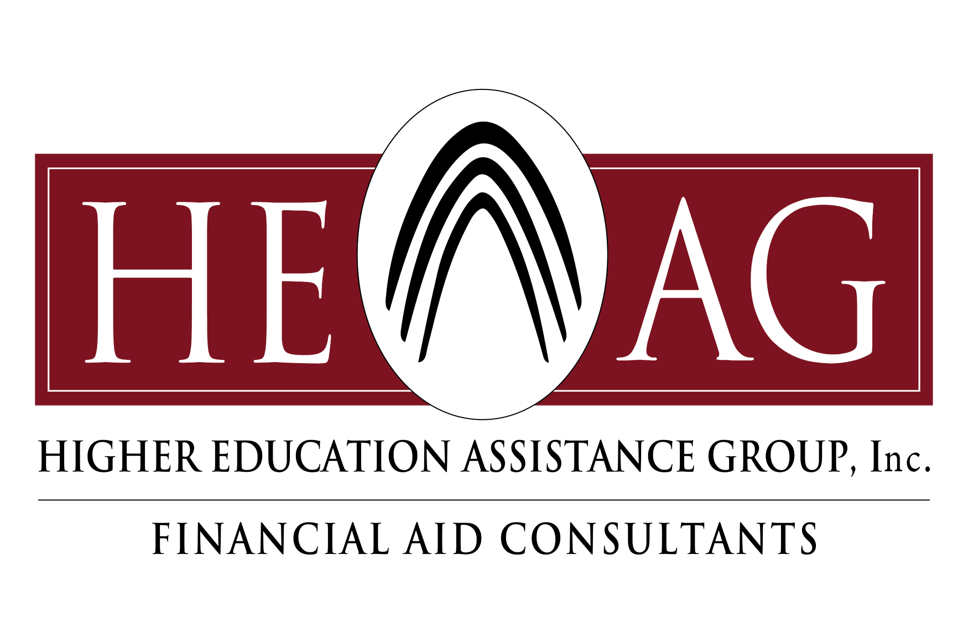Let’s face it, higher education is suffering from a public relations problem. This is in part due to the current political climate, but there are other factors that we can more easily address if we choose. In November 2024, Strada commissioned a survey of over 2,000 adults across the country with surprising results. Strada also partnered with the Gates Foundation to produce a documentary that explores the many paths, including postsecondary education, students can follow to reach their goals. To better understand the challenges we face, we should consider the findings of each.

For decades we have repeatedly told high school students that individuals with a bachelor’s degree will earn on average $1 million more than an individual with only a high school diploma over their career. And while this continues to be true, $1 million isn’t that much anymore…particularly over a 50-year career. It also doesn’t seem accurate to recent college graduates struggling to find work in the field they studied and/or for more than minimum wage. To make matters worse, Strada’s key findings show that the public has no idea how much college costs.
- 77% of respondents believe college is unaffordable
- 65% of respondents believe no matter how motivated the student may be, college is prohibitively expensive
- Most respondents believe public education is too expensive and support increasing public spending to defray the cost
- Most respondents overestimated the cost of public education
- Respondents who did not attend college themselves were more likely to greatly overestimate or underestimate college costs
What Students Want from Colleges
In the documentary, we heard from prospective students about what they think they need from higher education:
- Quality education-to-career guidance
- Clear information about how much higher education costs
- Access to work-based learning experiences
This feedback indicates that students are looking longer-term than graduation and that they understand they need some experience beyond the classroom to be able to get the jobs they want. Given the context, students are weighing the costs of a higher education program against their career aspirations when they can, but it seems they are not confident they have all the information needed to do so.
Higher education has traditionally focused on the four-year, residential campus experience that has lost its allure for many after years of campus unrest and student loan horror stories. As an industry we need to acknowledge this is not the only effective postsecondary education model. With today’s technology and employers’ need for a skilled workforce, there is an affordable option for any student who wants to participate, including online courses, employee tuition reimbursement programs, and employer-paid student loan repayment assistance programs.
While much of the focus of the public (and institutions themselves) is on the financial implications of higher education, we should remind the public of the important soft skills students can develop and bring to the workplace. Living in a dormitory is particularly educational for many students because it’s the first time they’ve shared a room with someone to whom they are not related, formed relationships with students from a variety of backgrounds, and become a contributing member of a community. College can be real life with a safety net. Students learn, often the hard way, how to manage their time and money while meeting their academic obligations.
We also must acknowledge that not every high school graduate is academically or emotionally ready for the traditional undergraduate experience. And, not every high school graduate has a clear vision of the career they want. These are the students who drop out without earning a credential, often leaving with student loan debt. For some, it makes more sense to start working after high school. As they gain life experience and mature, they may choose to pursue additional education or training and stand a much better chance of success than if forced into the traditional experience. We, as a community, can be there for anyone seeking postsecondary education, regardless of their academic background, time away from school, or age if we offer a variety of different programs and credentials.
Finally, institutions need to be transparent about the real cost of enrollment. We hate to call too much attention to cost because either it’s unattractively high or we don’t want to give away our priorities for awarding financial aid. So, instead, we bury the information deep on our websites or speak in averages that don’t widely apply. We need to win back the public trust by being up front with our costs and how much students pay when they enroll.
Of course, educating the public about this new version of higher education is challenging. The media is more likely to invite a politician or financial planner to talk about college costs than an actual college administrator and this is incentive for the higher education community to develop relationships with their local public schools. This is the best opportunity to get in front of students and their families, particularly those not thinking about college, considering the wide-spread negative perceptions. There are existing models for accomplishing this and we need only expand on them. High school guidance counselors regularly invite financial aid professionals to speak to the parents of juniors and seniors about college financing. Why not start earlier and focus on the entire college planning process including career mapping and different formats for learning? Several state financial aid associations have sponsored joint programs with middle schools to demonstrate how higher education can be the pathway to enter the careers this age group finds most attractive. These volunteer organizations have limited personnel and financial resources, so the reach is restricted. If the colleges become involved, they can expand the audience. Finally, FAFSA day events held in nearly every state can be used to discuss college costs under varying enrollment options and program types.
Getting the word out about the changing landscape of higher education is a tall order and will require a commitment on the part of administrators that may take them away from their day-to-day tasks. You don’t have to choose between the two when you work with the Higher Education Assistance Group. With our interim staffing solutions, we can hold down the fort while you do this important work. Email info@heag.us for more information.
Sources:
https://www.linkedin.com/pulse/amid-questions-value-college-we-also-can-find-njoze/




